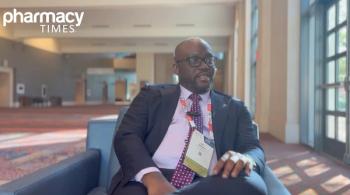
Finding Where HIV Hides in the Body
Researchers seek to eliminate HIV reservoirs with antiretroviral therapy.
During antiretroviral therapy (ART), HIV is able to hide in a small pool of cells called reservoirs.
A new study published in PLOS Pathogens found that cell markers can help target these HIV reservoirs, however. Although ART generally works well and can drop viral loads to undetectable levels, the virus is able to return quickly once therapy is stopped because of the hidden pools where the virus hides.
“The goal of my laboratory is to identify the cells in which the virus hides and eliminate them,” said principal study investigator Nicolas Chomont. “If we succeed, then infected people may eventually be able to safely stop ART, which is not without its side effects.”
In order for HIV to survive and replicate, the virus will typically live in
In the study, the team of researchers were able to demonstrate how cells that harbor the virus have common immunological characteristics, and identified 3 cell markers that typify these tools. Rémi Fromentin, who was responsible for identifying these markers, noted that the proteins, PD-1, LAG-3, and TIGIT expressed at the surface of cells where the virus is harbored.
“Using the house analogy, PD-1, LAG-3, and TIGIT are the chimney, door, and fence, for example,” Chomont said in a press release. “This goal is to destroy all the houses that have these characteristics, in order to eliminate the virus.”
Next, researchers plan to test antibodies in the lab that specifically bind to these 3 markers. Since some of the immunomodulator drugs are already approved by the FDA and Health Canada, they could move into clinical practice quickly.
Additionally, Fromentin and Chomont will continue to refine their knowledge on safe houses for HIV pools, with the goal to be able to accurately destroy the correct safe houses.
“This discovery is important because, until now, no combination of markers has had the potential for therapeutic treatment against HIV pools,” Fromentin said. “The advantage is that anticancer drugs that specifically target these markers already exist. We believe we could use the same drugs to destroy HIV reservoirs.”
Newsletter
Stay informed on drug updates, treatment guidelines, and pharmacy practice trends—subscribe to Pharmacy Times for weekly clinical insights.


















































































































































































































